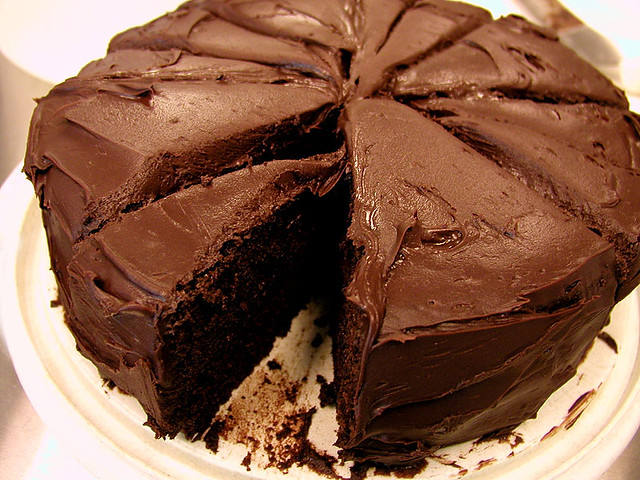The phraseology of Section 48(b),
on the face of it, varies from the wording of Section 48(a). A reading of the
sub-section tells us that the legislature has taken the view that a patented
process cannot be offered for sale or sold. This is because the provision uses
"offering for sale" and “selling” only with respect to a product
obtained directly by the patented process, but not with respect to the process
itself.
I'm not sure if it is correct to
assume that a patented process cannot be offered for sale or sold. The question
that comes to my mind is, considering the levels of awareness of Indian courts
on the law of patents and the framework of the Act, will an Indian court restrict
itself to strict interpretation of the provision?
The other question which I had
the opportunity to discuss with a very dear friend of mine is the reference to
"act of using" with respect to (i) the patented process and (ii) the “product
obtained directly BY the
patented process”.
The points of research here are:
(i)
difference between “using the process” and using
the "product obtained directly by
the patented process"; and
(ii)
construction of the words “product obtained
directly by the patented process”.
As regards the first point of
research, the reference is to the “patented process” itself. Since the
provision clearly refers to “using the process”, it means that use of the
process in any manner is an infringement of the patentee’s rights.
The second point of research relates
to products which are “obtained directly
by the patented process”.
When the Act uses the words “product
obtained directly by the
patented process”, the question is, what products constitute an
infringement/infraction of the rights of the patentee under Section 48(b) of
the Act?
The operative portion of Section
48(b) helps us address the issue. The words on which one must focus are “directly"
and "by”.
The use of "directly"
in relation to a product obtained from the patented process could mean that
there can be no significant intermediary steps between the patented process and
the product. Only transient intermediaries may not affect the interpretation of
“direct”. However, what amounts to a “transient intermediary” requires a common
putative trait that applies uniformly.
The use of “by", although apparently
innocuous, must be paid close attention to. Why did the legislature choose to
use "by", instead of "from"? For most of us, “by” and “from”
are often interchangeable prepositions, at least in sentences such as
sub-section (b) (“directly by” and “directly from”). However, strictly
speaking, there is a difference between “by” and “from”.
“By” is used to indicate the
instrument which brings about a particular result. Therefore, the use of “by” in
sub-section(b) indicates that the patented process is instrumental in obtaining
the product. What this means is that not
only must the product be a direct product, the use of the process must also
be instrumental, and not merely significant or important.
In other words, the
process used must be invariably and inevitably associated with the creation of
the product. Simply put, the combined use of “directly” and “by” is that the
use of the process must be instrumental, and that only a direct product of the
process may be treated as a product for the purposes of Section 48(b).
Let’s assume:
1. There is a product A
which is being offered for sale in India.
2. Product A is not a direct
product of a patented process P.
3. However, “X” is THE direct product of P, and X has been used in the manufacture of A.
What is the status of the product A? Since X,
which is a direct product of P, has been used in the manufacture of A, the use
of X in the manufacture of A is an infringement of P.
Let’s complicate the hypothetical. It is possible for a patented process to have more than one direct
product. Would use of at least one of the direct products constitute
infringement of the patented process? I would say yes.
Does this also apply to direct “by-products”
of a patented process? I don’t see a preclusion in Section 48(b) which distinguishes between a product and a so-called by-product. Therefore, even use
of the direct by-product could amount to infringement of the patented process.
Comments and corrections are
welcome!


.jpg)


